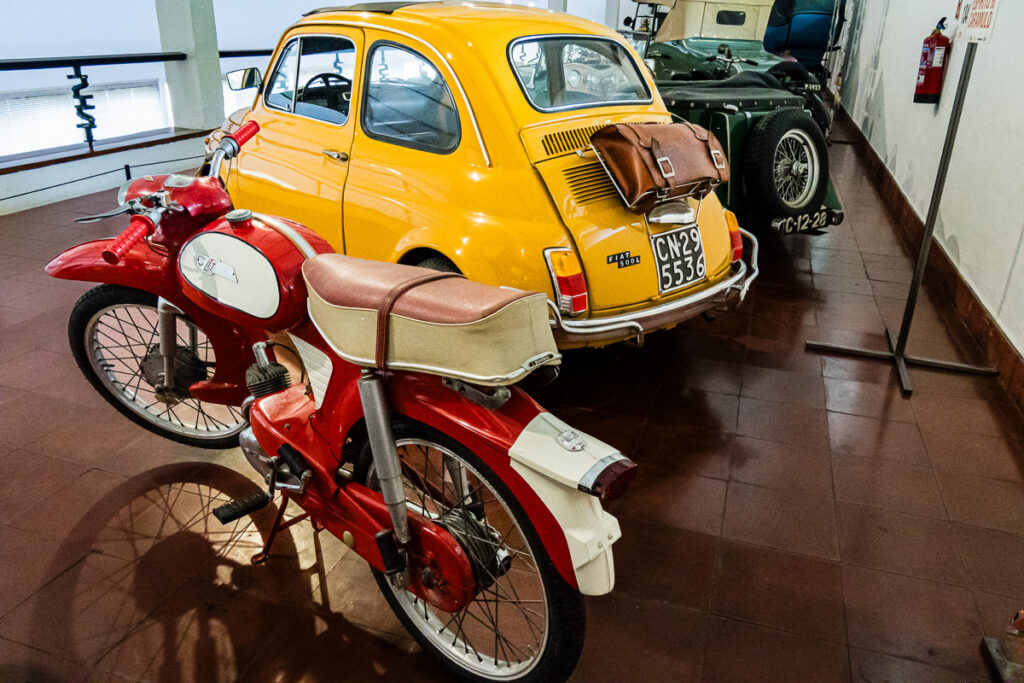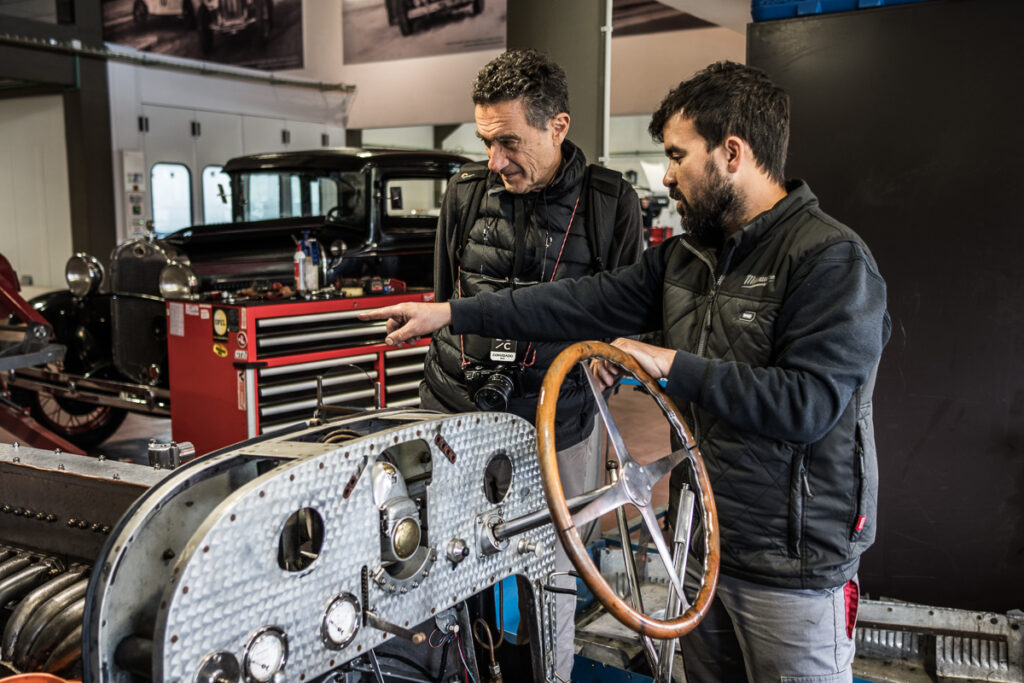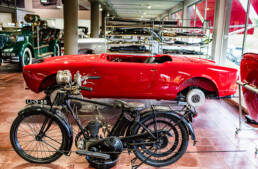Caramulo Experience Center
[Text and Photos by Manuel Rosario and Minnie Freudenthal]
Most bikers don’t care that much about fine art, and artsy guys in general have a rather jaundiced view of motorcycles [except me! - ed.]. Recently we visited Caramulo Museum, about 1.5hrs from Porto in Portugal. It's a unique place that easily caters to both tribes, the artists and the bikers.










From Billet to Bonneville: Sergio Bayarri
I'm a doctor, and when a patient cancels his booking at the last minute I suddenly have a free slot... and thanks to an unidentified patient, one day I stumbled across Sergio Bayarri's web page. It included a video about his trip to Bonneville that sparked our curiosity and finally our trip to the Salt Flats. We ended up making a movie called "Salt Fever", which was screened at the Motorcycle Film Festival in Brooklyn, which is where we met Paul d'Orléans, whom we sometimes encounter at interesting bike meetings.














